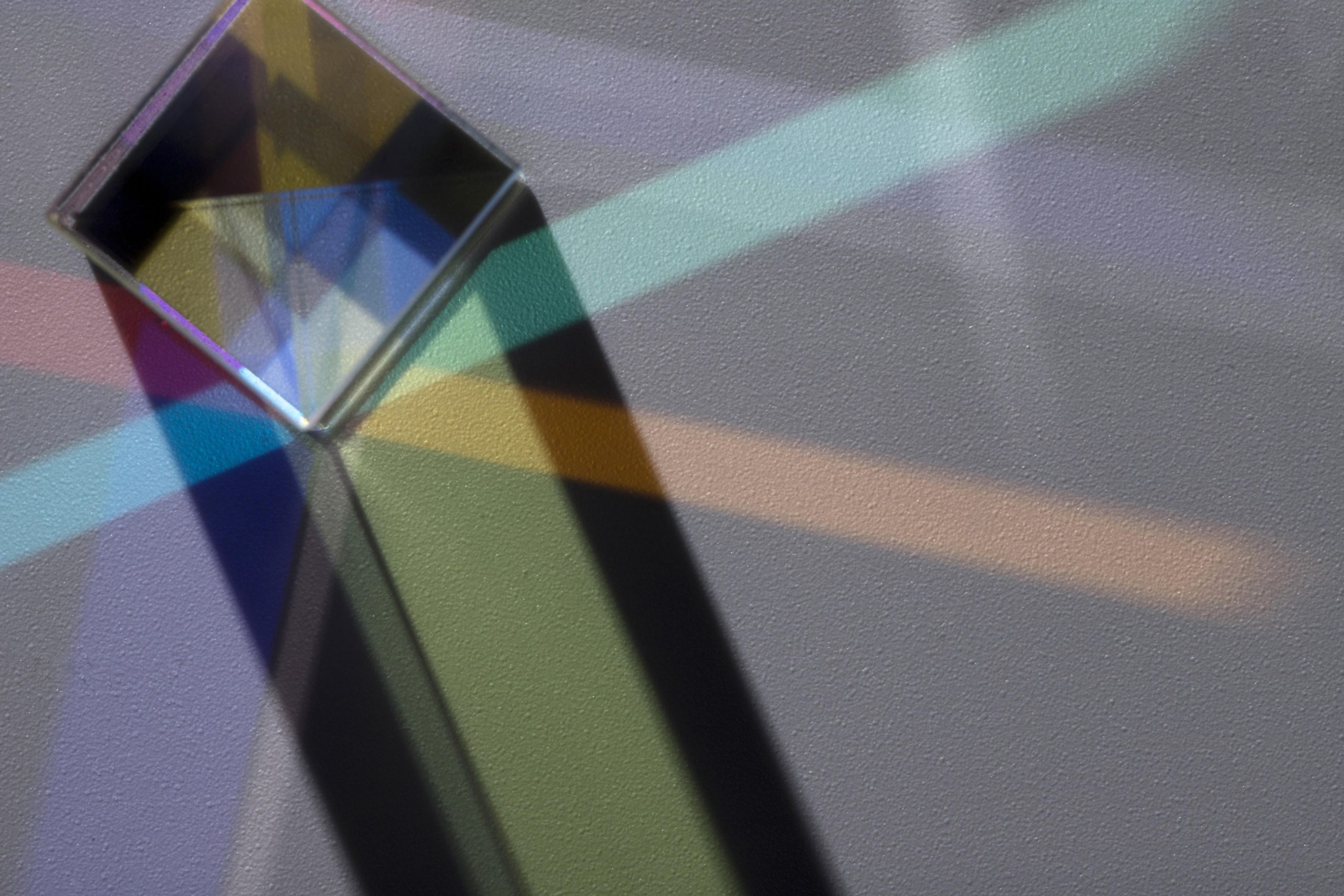In the realm of contemporary architecture and design, few materials captivate the imagination quite like dichroic glass. This innovative material, with its dynamic color-shifting properties, has the unique ability to transform spaces and create visual experiences that are both mesmerizing and immersive. This article delves into the world of dichroic glass, exploring its origins, how it is made, its applications in modern architecture, and its impact on design aesthetics and functionality.
The Enchantment of Dichroic Glass
Dichroic glass is not just any architectural material; it is a testament to human ingenuity and the quest for aesthetic innovation. The term ‘dichroic’ stems from the Greek words ‘di’ for two, and ‘chroma’ for color, perfectly encapsulating the essence of dichroic glass – its ability to display two different colors by reflecting light one way and transmitting light another way. This effect is achieved through a highly specialized process that involves the vapor deposition of multiple micro-layers of metals or oxides onto the glass surface. The resulting product is a glass that exhibits a magical color-changing phenomenon, dependent on the angle of light and viewpoint.
A Brief History: From Ancient Artefacts to NASA and Beyond
The concept of color-shifting materials dates back to ancient times, with notable examples such as the Lycurgus Cup, which changes color when lit from different directions. However, the dichroic glass we are familiar with today owes much of its development to the space age – specifically, to NASA’s research in the mid-20th century. Initially designed to protect astronauts from the harsh glare of unfiltered sunlight in space, the technology was adapted to create glass that could change colors and provide both aesthetic beauty and functional benefits.
Manufacturing Marvels: The Making of Dichroic Glass
Creating dichroic glass is a feat of both art and science. It involves sophisticated processes that require precision and expertise. There are two main methods of producing dichroic glass: the lamination of color-changing films between glass layers and the direct deposition of metallic oxides onto the glass surface. The latter process, involving vacuum chambers and electron beams, allows for the creation of glass that not only changes colors but also has varying degrees of transparency and reflectivity. This method produces layers so thin that they are measured in nanometers, yet the impact on the glass’s appearance and properties is profound.
Transforming Spaces: Dichroic Glass in Modern Architecture
Dichroic glass has found its place in the heart of contemporary architecture, offering architects and designers a versatile material that blends functionality with unparalleled aesthetic appeal. From the facades of avant-garde buildings to interior design elements like partitions and balustrades, dichroic glass introduces vibrant colors, light play, and a sense of movement into spaces. Its application in architecture goes beyond mere decoration; it contributes to the energy efficiency of buildings by modulating light and heat, enhancing the well-being of occupants, and elevating the architectural narrative.
The Future Is Bright: Dichroic Glass and Sustainability
As the architectural world continues to emphasize sustainability and eco-friendliness, dichroic glass stands out not only for its aesthetic qualities but also for its potential contributions to green building design. By manipulating light and heat, dichroic glass can play a significant role in energy-saving strategies, helping buildings reduce their reliance on artificial lighting and air conditioning. The beauty of dichroic glass, coupled with its functional benefits, makes it a material well-suited for the future of architecture – one that values both form and environmental responsibility.
Dichroic glass represents the intersection of technology, art, and environmental design. Its ability to change color and character with the light places it at the forefront of materials that not only enhance the aesthetic appeal of buildings but also their functionality and sustainability. As we continue to explore the limits of architectural design, dichroic glass remains a symbol of innovation and creativity, promising to bring color-shifting wonders to our built environment for years to come.
In the ever-evolving world of architectural design, materials like dichroic glass remind us that the future of architecture is not just about creating spaces but about crafting experiences that resonate on a deeply human level. Through its dynamic interplay with light, dichroic glass transforms the mundane into the extraordinary, inviting us to see the world in an ever-changing spectrum of colors.

